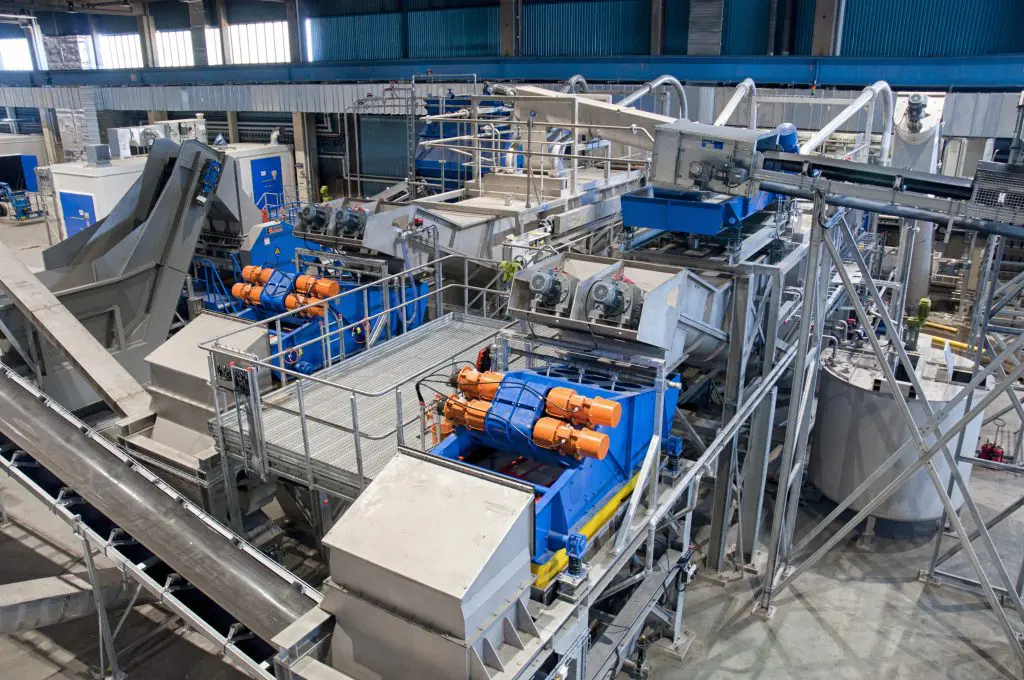In 2018, Japan exported just over a million tons of plastics to other parts of Asia, down from 1.43 million tons in the previous year. This sudden drop in exports was mainly due to China’s import ban, but that doesn’t mean the plastics are being properly recycled; instead, they are ending up in incineration plants, landfills or local storage.
PLANIC, a joint venture between Toyota Tsusho, Veolia Japan and Kojima Sangyo, has ordered a new plant developed by Ad Rem to give these plastics a second life.
As most of the waste plastic in Japan is now being incinerated, landfilled or sent overseas, the Japanese government has fired up its 3Rs campaign of Reduce, Reuse and Recycle. The campaign aims to turn the plastic pollution problem around and promote increased domestic recycling of plastics.
Low-cost, high-quality recycling
The key to achieving greater plastics recycling lies in using cheap and efficient processes to turn it into a profitable, sustainable business. With over 20 years of experience in recycling plastics from waste electrical and electronic equipment (WEEE) and automotive shredder residues (ASR), Galloo Plastics has proven to be the perfect partner for this. Licensed under Ad Rem, a joint venture between Group Galloo and the Valtech Group, the technology for cheap and efficient sorting of various types of plastics is readily available on the market.
The patented Galloo Plastics separation technology has already proved its worth. Galloo’s recycled plastic meets all the standards demanded by the automotive industry, automatically qualifying it for a wide array of other possible applications. More importantly, this is being achieved at a cost that is lower than that of petroleum plastic production.
Though Galloo Recycling is well known in the recycling industry worldwide, the Valtech Group is not. Valtech is a family-owned group of 13 machine-building companies, based in South West Flanders and mainly active in the environmental, fibre and textile industries. Together, they employ over 350 people, with a strong focus on engineering and R&D. The combination of Galloo’s tried-and-tested recycling processes and the Valtech Group’s exceptional knowledge of machine-building makes their joint venture company Ad Rem the ideal partner for this project.
PLANIC recycling plant
The new plastic recycling facility in Japan will receive input material from various sources such as automobiles, home appliances, pallets and containers, as well as packaging materials from distribution and shopping centres. In a pre-treatment step, the input material will be shredded, screened and wind-sifted to prepare it for the wet separation process.
With wet separation, the plastics mix is first sent through a separator operating at 1.09 specific gravity, which means that one litre of flotation medium weighs 1.09 kg. At this density, the plastics are separated into a recyclable fraction containing PE, PP, PS and ABS and a non-recyclable fraction containing chlorinated and brominated plastics, as well as residual metals and any other non-recyclable plastics.
The correct density is obtained by adding a patented pH-neutral agent to water. As opposed to the traditional use of salt, this agent does not dissolve in water but remains in suspension, which means it can be recovered and reused. It is a cheap substance that does not interfere with the electrostatic separation downstream. Other flotation systems not made by Ad Rem often use salts that cause a disturbance in the charging mechanism of the electrostatic separation.
Fine-tuning product purities
In the next step, PE/PP will be separated from PS/ABS in a separator running on water. The PE/PP will float whereas the PS/ABS is heavier and will sink. Obviously, there is no agent added to the water in this case, but the difficulty with this separator is in keeping the water clean so its density remains at a constant level of 1 specific gravity. This is essential to maintain the desired separation quality.
The PS/ABS mix continues to an electrostatic separation system in which the materials are selectively charged using a high voltage field of around 35 000 volts. As a result of this charge, the conductive particles are susceptible to a magnetic force that is applied at the end of a conveyor belt. The charged particles will be attracted towards an electrode with reversed polarity and can be separated from the uncharged particles. By adjusting the splitters, the product purities can be fine-tuned, much in the same way as with eddy-current systems. The charging of the particles is critical to the process, and this is where the compatibility of different kinds of flotation media is important.
The PE/PP mix will be further separated using the technology developed in-house by Galloo Plastics. The end result is four different types of plastic ready for compounding, pelletising and re-extruding, which will be done onsite.
To be located in Omaezaki City, Shizuoka Prefecture, and set to be fully operational by mid-2021, PLANIC’s new plastic recycling facility will process around 40 000 tonnes per year of plastic material.
Sustainability pioneers
After 20 years of in-house recycling, and Ad Rem having already built many other plastic processing facilities around Europe, the Galloo-PLANIC deal in Japan further reinforces the maturity of the plastic recycling industries. As climate change and plastic pollution become the focus of increasing public attention, consumers are starting to demand more sustainable corporate practices. This consumer demand can now be met as new investments are being backed by qualified processes. With their new plastic recycling facility, the Toyota group – together with Veolia – will be among the pioneers of this global transition to sustainability.
Don't hesitate to contact us to share your input and ideas. Subscribe to the magazine or (free) newsletter.



